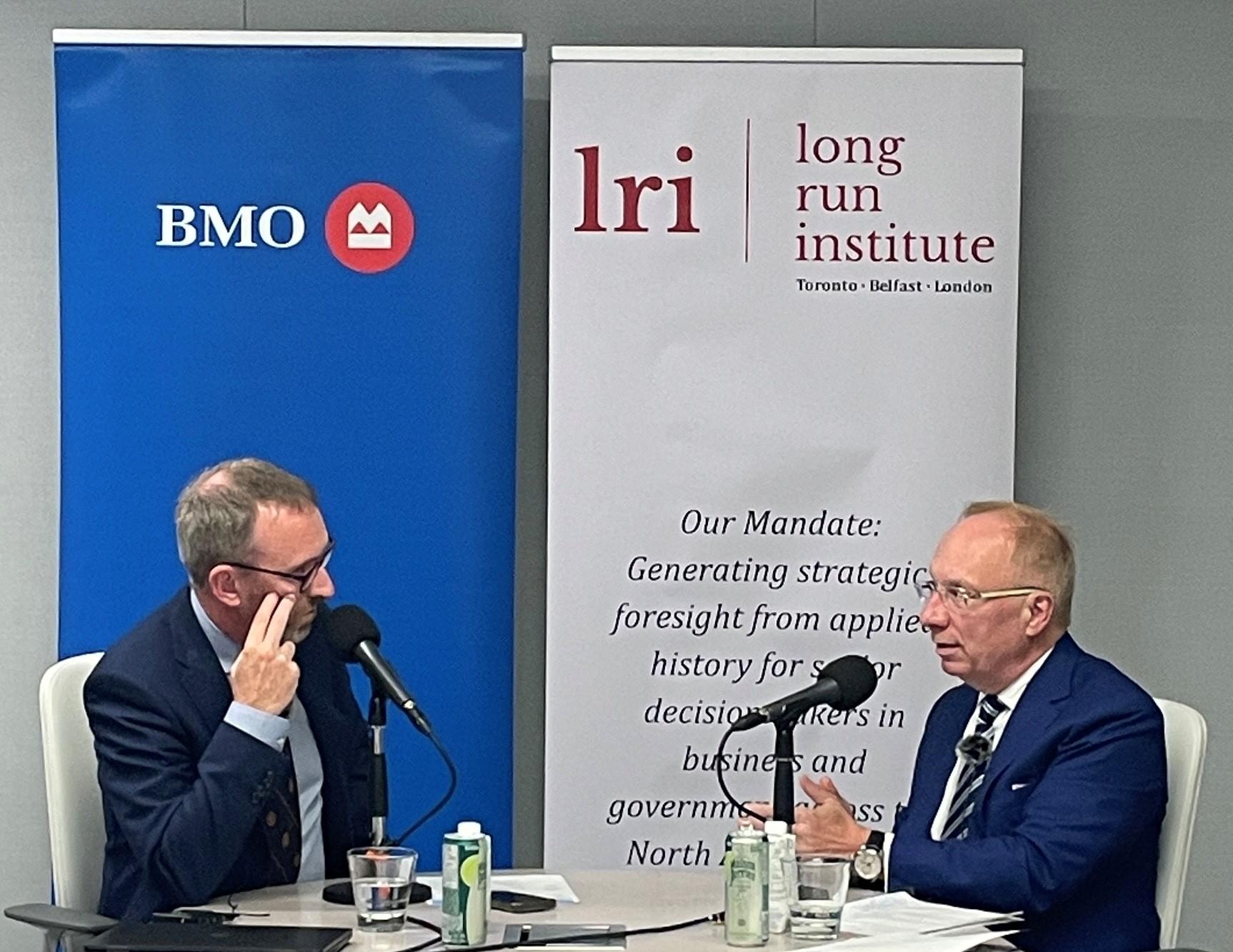“You think of the time lag between the invention of the technology and then the bubble. So, with AI, is it going to happen quite quickly? And the thing about a general-purpose technology (GPT) is you don't know it's a general-purpose technology until after the event. People at the time didn't realize that the steam engine would transform the world, or electricity, or computerization and the internet. So, we're sitting today trying to guess is this the next big thing? It might be … it might not be.” – Professor John D. Turner, co-author of the best-selling book “Boom and Bust: A Global History of Financial Bubbles,” and Professor of Finance and Financial History, Queen’s Business School, Queen’s University Belfast
In this episode of Markets Plus, host Dr. Laurence B. Mussio, Special Advisor to the CEO, BMO Financial Group and Chair of the Long Run Institute, sits down with Professor John D. Turner to focus on connecting the present to the past through financial cycles.
In this episode:
The core concepts of financial cycles
How historical financial cycles can inform present market decisions
The importance of context and the lessons learned from past booms and busts
The unique challenges posed by globalized finance, technology, and AI in the current financial landscape
How understanding history can help prepare for future economic disruptions
Listen to the ~20-minute episode.
Markets Plus is live on all major channels including Apple, and Spotify.
Start listening to our library of award-winning podcasts.
